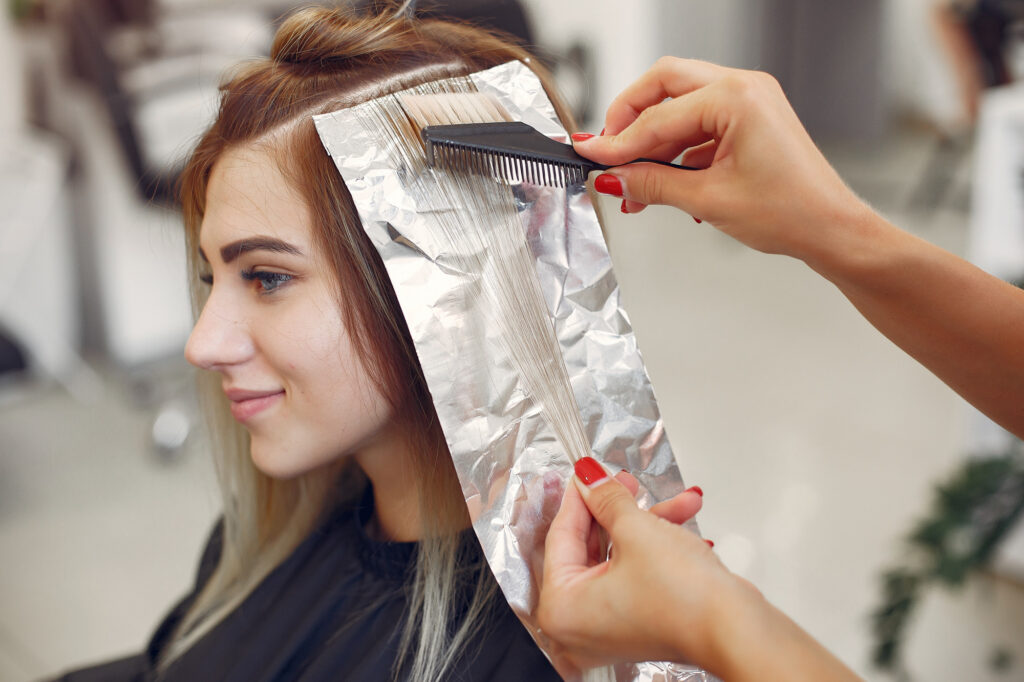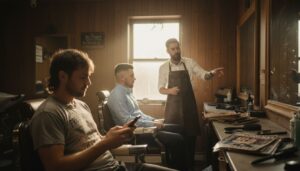Texturizing hair shapes more than just appearance and has become a secret weapon for stylists aiming for movement and dimension. Over 80 percent of professional stylists now use specialized texturizing techniques to create looks that regular haircuts cannot match. The surprise is most people think texturizing is just about layering or thinning hair. It is actually a finely tuned process that tailors hair’s shape, flow, and even manageability in ways most people have never imagined.
Table of Contents
- What Is Texturizing Hair And Its Purpose?
- The Importance Of Texturizing In Hairstyling
- How Texturizing Works: Techniques And Tools
- Key Concepts Behind Hair Texture And Movement
Quick Summary
| Takeaway | Explanation |
|---|---|
| Texturizing reduces hair bulk | This technique removes weight, making thick hair lighter and easier to manage. |
| Enhances natural hair movement | Texturizing adds flow and dimension, improving the overall look of stiff hairstyles. |
| Utilizes specialized cutting methods | Techniques like point cutting and razor cutting allow stylists to customize each hairstyle effectively. |
| Personalized styling for individual needs | Understanding unique hair characteristics helps stylists employ effective texturizing strategies for each client. |
| Offers practical styling solutions | Texturizing minimizes styling time while improving hair manageability and adaptability in different styles. |
What is Texturizing Hair and Its Purpose?
Texturizing hair is a sophisticated styling technique designed to transform hair’s natural structure, volume, and movement by strategically manipulating its texture and appearance. Unlike traditional cutting methods, texturizing focuses on creating depth, dimension, and visual interest within a hairstyle.
Understanding Hair Texture Modification
At its core, texturizing involves removing specific amounts of hair weight and bulk to enhance natural movement and create a more dynamic look. According to professional hairstyling resources, this technique has been integral to modern hair design, allowing stylists to craft personalized styles that complement individual hair types and facial features.
The primary objectives of texturizing include:
- Reducing hair volume for those with thick, dense hair
- Adding movement and flow to otherwise stiff or flat hairstyles
- Creating visual layering and depth without significant length changes
- Enabling easier styling and more versatile hair management
Techniques and Professional Applications
Professional stylists employ multiple texturizing techniques tailored to specific hair characteristics. These methods range from point cutting and razor cutting to specialized thinning shear techniques that strategically remove hair without compromising overall style integrity.
Texturizing is particularly effective for individuals seeking:
- Lightweight, effortless hairstyles
- Enhanced natural hair movement
- Reduced styling time and maintenance
- A more contemporary, lived-in hair appearance
By understanding what texturizing hair entails, clients can collaborate more effectively with their stylists to achieve personalized, sophisticated looks that highlight their unique hair characteristics and personal style preferences.
The Importance of Texturizing in Hairstyling
Texturizing represents a critical transformation technique in modern hairstyling that goes beyond simple cutting, offering strategic solutions for managing hair’s aesthetic and functional characteristics. This sophisticated approach enables hairstylists to craft personalized styles that dramatically enhance hair’s natural appearance and manageability.
Aesthetic Enhancement and Style Versatility
Texturizing plays a pivotal role in creating dynamic, multidimensional hairstyles by introducing visual depth and movement. According to professional styling experts, strategic texturizing allows stylists to break up uniform hair structures, creating looks that appear more organic, lived-in, and contemporary.
Key aesthetic benefits include:
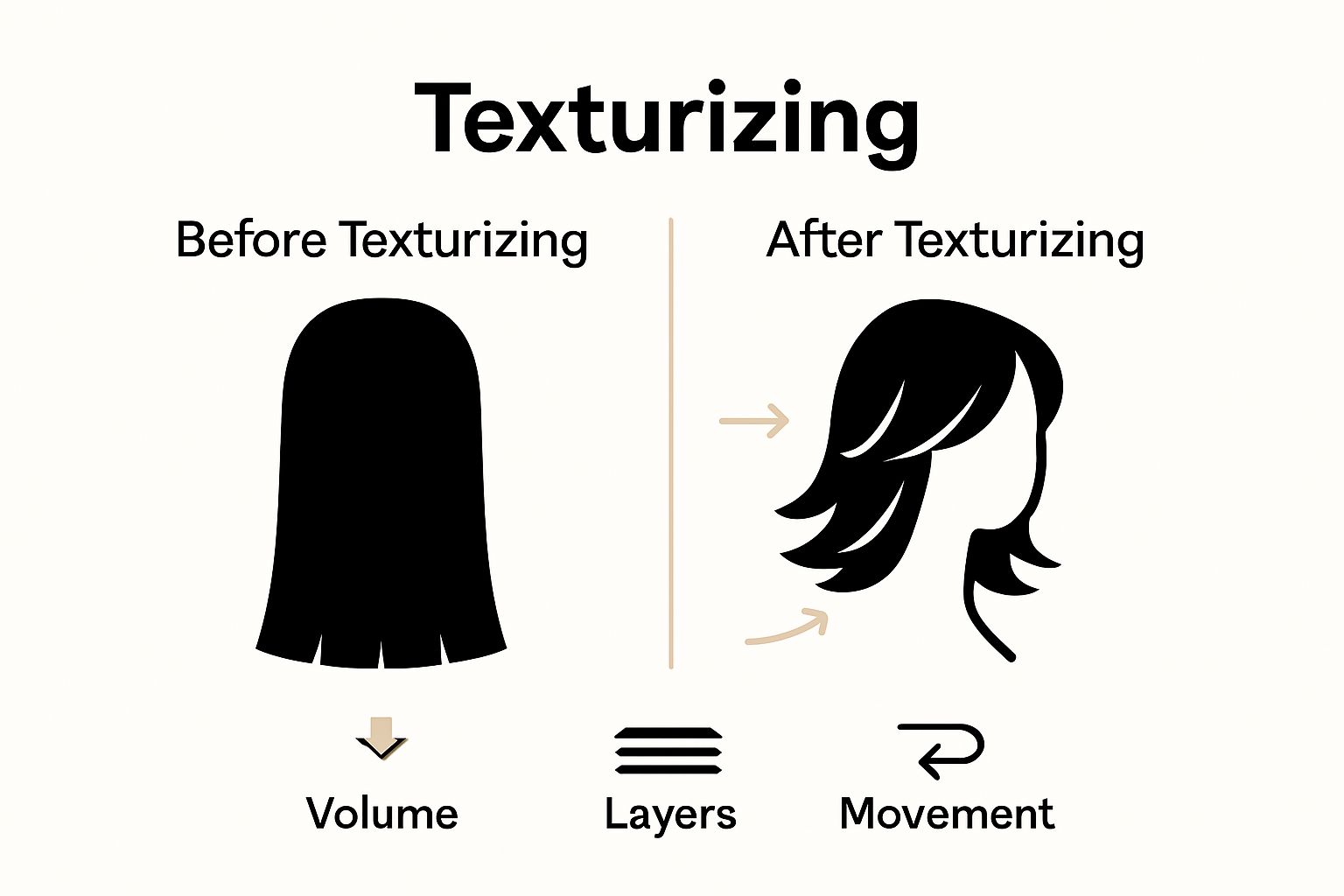
- Generating natural-looking layers without dramatic length changes
- Breaking up heavy, monotonous hair structures
- Creating soft, blended transitions between different hair sections
- Introducing subtle movement and texture
Functional Hair Management Advantages
Beyond aesthetic considerations, texturizing serves critical functional purposes for different hair types. Professional stylists recognize that texturizing can solve common hair challenges by addressing volume, weight, and styling difficulties.
Practical advantages of texturizing encompass:
-
Reducing excessive bulk for thick, dense hair types
-
Minimizing styling time and effort
-
Improving overall hair manageability and control
-
Creating lightweight, adaptable hairstyles
Professional Styling Precision
Texturizing demonstrates the nuanced artistry of professional hairstyling. By understanding hair’s unique characteristics, skilled stylists can precisely remove weight and introduce strategic variations that transform hair’s fundamental appearance. This technique requires advanced technical skill, deep knowledge of hair dynamics, and an artistic approach to personal styling.
The true power of texturizing lies in its ability to create personalized, sophisticated looks that celebrate individual hair characteristics while providing practical styling solutions.
How Texturizing Works: Techniques and Tools
Texturizing transforms hair through precise cutting techniques and specialized tools designed to strategically remove weight, create dimension, and enhance natural hair movement. Professional stylists employ a range of sophisticated methods to achieve customized results that complement individual hair textures and desired styles.
Cutting Techniques for Texturizing
According to professional hairstyling resources, texturizing involves multiple specialized cutting approaches. Point cutting remains a fundamental technique where scissors are held at an angle, creating soft, graduated edges that reduce bulk and introduce subtle texture. Stylists carefully snip into hair ends diagonally, allowing for seamless blending and natural-looking movement.
Key cutting techniques include:
To clarify the main professional texturizing techniques and their uses, the following table summarizes each method discussed and the effects it creates on hair.
Texturizing Techniques and Their Effects
| Technique | Description | Main Effect on Hair |
|---|---|---|
| Point Cutting | Scissors are angled to create graduated edges | Reduces bulk, adds texture |
| Razor Cutting | Uses a razor to cut for piece-y results | Creates lightweight movement |
| Slide Cutting | Scissors slide along hair for subtle shaping | Progressively removes weight |
| Thinning Shear | Thinning shears used to selectively remove hair | Precise removal, reduces bulk |
| Texturizing Scissors | Special scissors for unique textured edges | Adds variation and dimension |
- Point cutting for soft, diffused edges
- Razor cutting to create lightweight, piece-y textures
- Slide cutting for progressive weight reduction
- Thinning shear applications for precise hair removal
Professional Tools and Precision Instruments
Texturizing requires specialized tools that enable precise hair manipulation. Professional thinning shears represent a critical instrument, featuring teeth-like sections that strategically remove select hair strands without compromising overall hair structure. These precision tools allow stylists to modify hair volume and texture with exceptional control.
Critical texturizing tools encompass:
- Specialized thinning shears with varied tooth configurations
- Professional razors for precise hair removal
- Texturizing scissors with unique blade designs
- Advanced cutting techniques requiring exceptional manual dexterity
Customized Approach for Different Hair Types
Successful texturizing demands a nuanced understanding of individual hair characteristics. Professional stylists assess hair density, texture, and natural growth patterns to determine the most appropriate texturizing approach. This personalized strategy ensures that texturizing techniques enhance rather than compromise hair’s inherent beauty and structure.
The art of texturizing transforms hair through strategic, precise interventions that celebrate individual hair personality and styling potential.
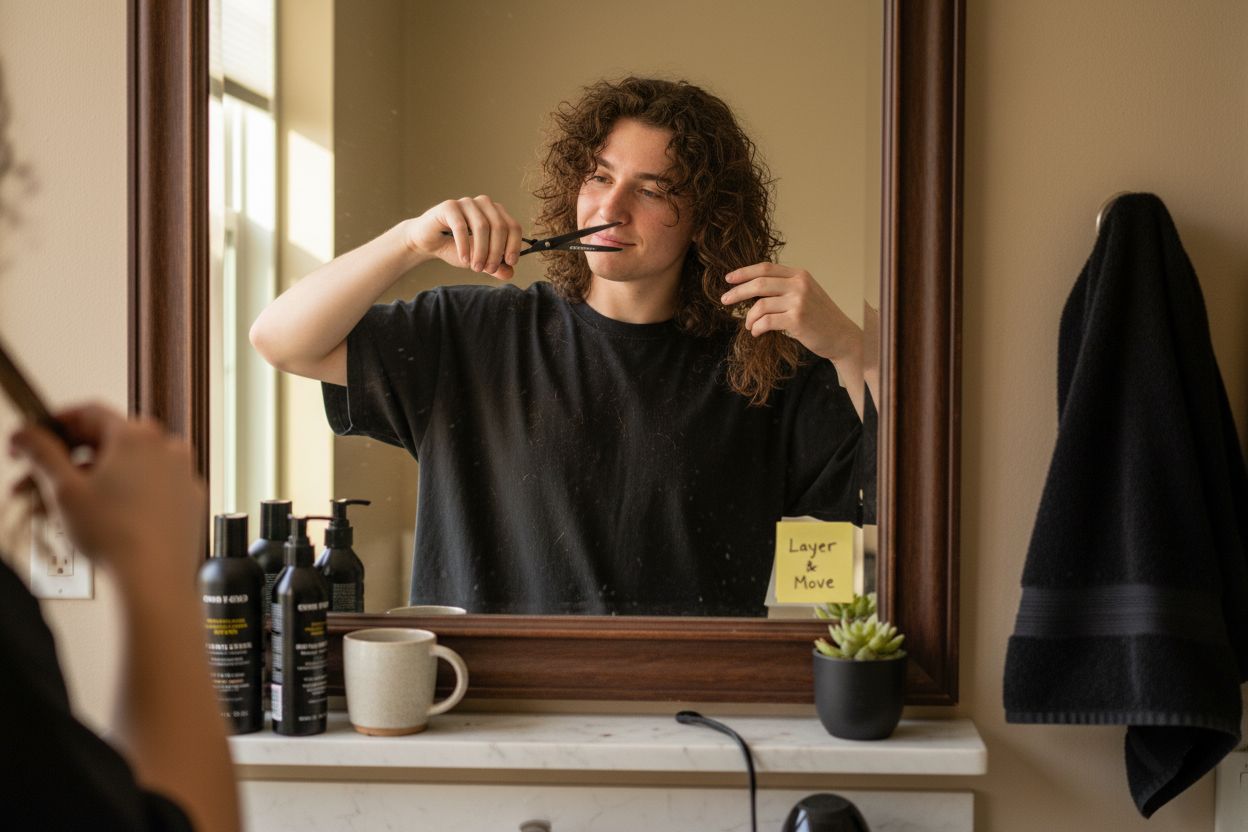
Key Concepts Behind Hair Texture and Movement
Hair texture represents a complex biological characteristic influenced by multiple genetic and environmental factors that determine its fundamental structure, behavior, and styling potential. Understanding these intricate mechanisms provides crucial insights into how hair responds to different styling techniques and treatments.
Genetic Foundations of Hair Structure
According to genetic research, hair texture originates from fundamental genetic programming that defines the shape, diameter, and protein composition of individual hair strands. The shape of hair follicles determines whether hair grows straight, wavy, or curly, directly impacting its natural movement and styling characteristics.
Key genetic influencers of hair texture include:
- Specific protein structures within hair keratin
- Follicle shape and orientation
- Melanin distribution and density
- Inherited genetic markers controlling hair growth patterns
Biomechanical Factors Affecting Hair Movement
Hair movement results from a sophisticated interplay between structural proteins, moisture content, and external environmental conditions. The cuticle layer surrounding each hair strand plays a critical role in determining how hair responds to styling, humidity, and mechanical manipulation.
Primary biomechanical factors controlling hair movement involve:
- Protein bond configurations
- Moisture absorption and retention
- Strand elasticity and flexibility
- Cross-sectional hair diameter
Environmental and Lifestyle Influences
External factors significantly impact hair texture and movement beyond genetic predispositions. Nutrition, hydration, styling practices, and environmental exposure continuously modify hair’s structural integrity and behavioral characteristics.
Subtle yet significant lifestyle influences include:
- Dietary protein and nutrient intake
- Hormonal changes
- Consistent styling practices
- Climate and humidity exposure
Comprehending these intricate mechanisms empowers individuals to make informed decisions about hair care, styling techniques, and personalized treatment strategies that optimize their unique hair characteristics.
The following table summarizes core factors influencing hair texture and movement, organizing essential genetic, biomechanical, and environmental contributors for easy reference.
Factors Influencing Hair Texture and Movement
| Category | Influencing Factors |
|---|---|
| Genetic | Keratin structure, follicle shape, melanin, inherited markers |
| Biomechanical | Protein bonds, moisture, elasticity, strand diameter |
| Environmental/Lifestyle | Diet, hormones, styling frequency, climate/humidity |
Elevate Your Hair with Expert Texturizing at Joel C Ma Hair Studio
Struggling to manage heavy, dense hair or searching for movement and individuality in your hairstyle? Discover how expertly applied texturizing can solve these challenges by addressing weight, volume, and styling complexity. The Uncategorized Archives – Joel C Ma Hair Studio highlight real solutions for anyone looking to unlock personalized, sophisticated fashion styles.
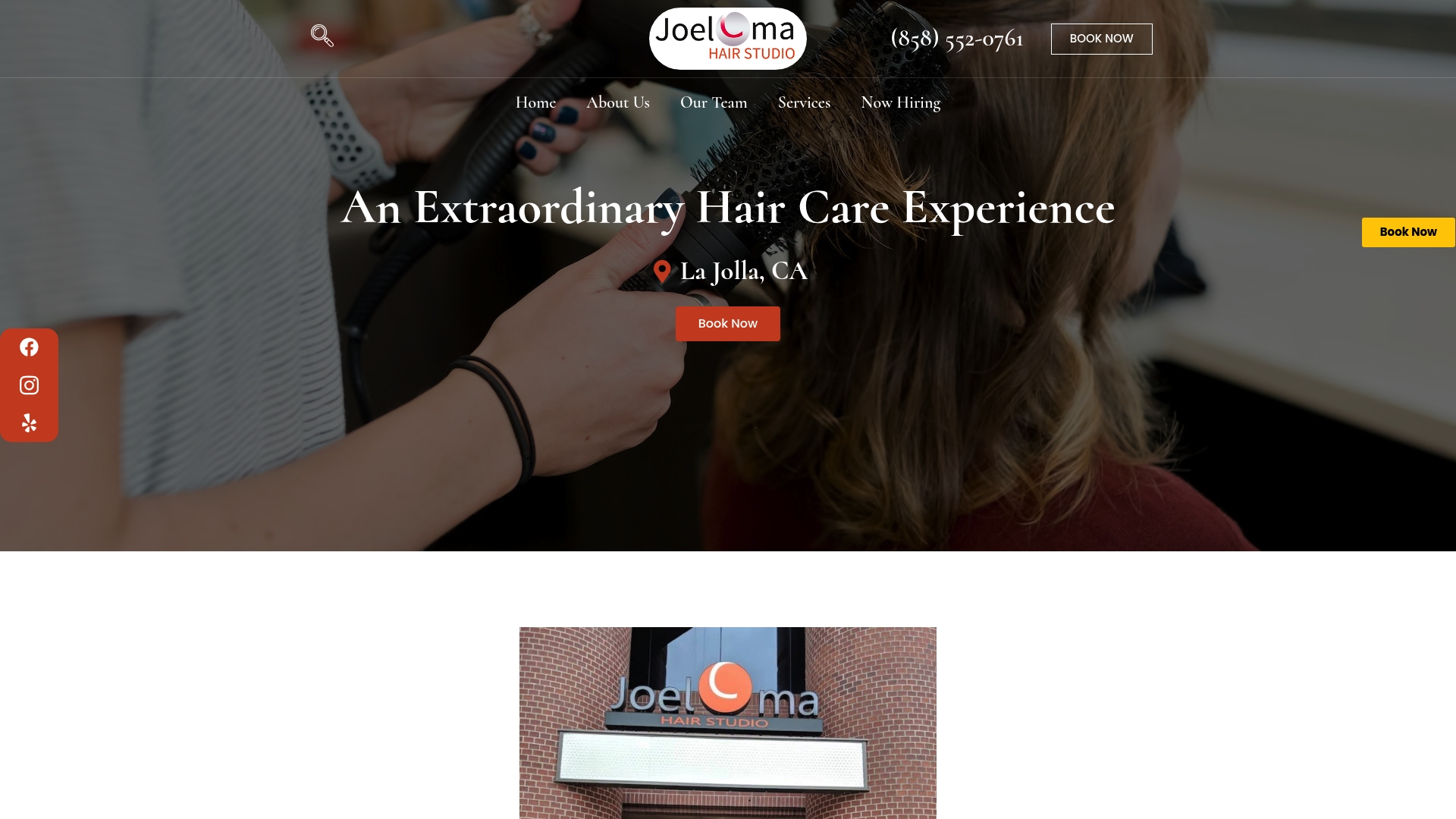
Step into a world where professional artistry and advanced texturizing techniques bring your unique hair vision to life. Book a consultation with the team at Joel C Ma Hair Studio and experience why clients throughout La Jolla trust our 25 years of expertise for truly customized results. Visit our site now and transform your understanding of what is possible for your style.
Frequently Asked Questions
What is texturizing hair and its primary purpose?
Texturizing hair is a technique that modifies the hair’s natural structure, volume, and movement by strategically removing weight and bulk. Its primary purpose is to enhance natural movement, create depth and dimension, and facilitate easier styling.
What are the benefits of texturizing for different hair types?
Texturizing offers several benefits, including reducing volume for thick hair, adding movement to flat styles, and making hair easier to manage and style, which is especially helpful for various hair textures.
What techniques do professional stylists use for texturizing?
Professional stylists use several techniques for texturizing hair, including point cutting, razor cutting, slide cutting, and thinning shear applications. Each method is tailored to enhance the unique characteristics of individual hair types.
How does texturizing impact hair management and styling?
Texturizing can significantly improve hair management by reducing bulk and weight, ultimately decreasing styling time and making hair easier to control. This leads to lightweight, adaptable hairstyles that require less maintenance.
Recommended
- Understanding Hair Texture: The Essence of Your Style – Joel C Ma Hair Studio
- What is Hair Glossing? Understanding Its Benefits – Joel C Ma Hair Studio
- Understanding the Signs of Unhealthy Hair for Luxurious Styles – Joel C Ma Hair Studio
- How to Style Curly Hair for Fashion-Forward Looks – Joel C Ma Hair Studio
- What is Fashion Jewelry? Understanding Its Essence and Appeal – Malibu Vibes Jewelry
- Understanding the Best Fabrics for Hot Weather – DressMeUpNY


